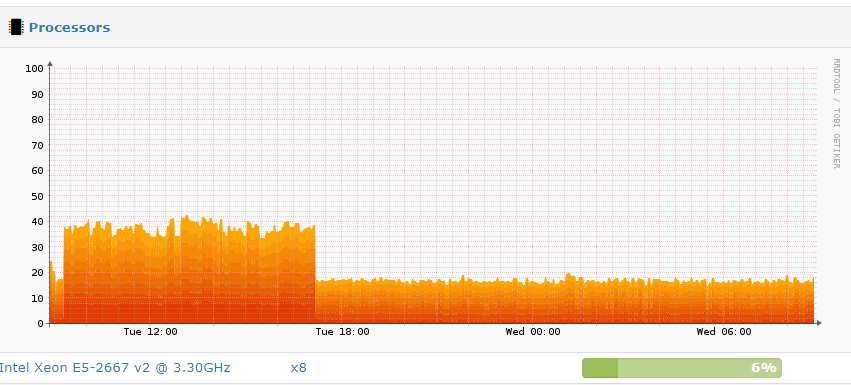

It is even possible to use borg mount repo::Monday mnt to mount an image and directly browse the archive. borg list repo::Monday allows you to list the existing files in an archive, and borg extract repo::Monday allows you to extract it into a directory. borg list repo allows to list the existing archives (dates). The manipulation of the data is relatively simple. Of course, in the case of a script that automates the backup, for example on a daily basis, it is easiest to enter the date as the name of the archive: DATE=$(date +%Y-%m-%d) Thanks to deduplication, Borg will only store new data: files that have not been modified are not added a second time, which greatly limits the size of the archive.
DUPLICACY VS RESTIC ARCHIVE
The next day, you can create a new “Tuesday” archive with the same files: borg create /path/to/repo::Tuesday ~/folder1 ~/folder2

Since the files stored by Borg are compressed, the archive will be smaller than the original files. Let’s imagine that we want to create a “Monday” archive containing two folders: borg create /path/to/repo::Monday ~/folder1 ~/folder2 To avoid having to type it (to be used in a script for example), it is possible to store it in a ~/.borg-passphrase file and pass it as an environment variable: export BORG_PASSCOMMAND="cat $HOME/.borg-passphrase"
DUPLICACY VS RESTIC PASSWORD
To do this, we use the following command: borg init -encryption=repokey /path/to/repoĪ password is required to encrypt the archive.

Initialize the archiveįirst, a Borg directory must be initialized. After several tries, I ended up preferring it for its simplicity and performance over its many competitors, such as Restic, Duplicacy or Duplicati.
DUPLICACY VS RESTIC DOWNLOAD
A few times a year, I would manually copy the files I wanted to download to an external hard drive. Remote backups with Borg and Rclone – Sylvain Durand sylvain durand Remote backups with Borg and Rclone įor a long time, my backup methods were very… questionable.


 0 kommentar(er)
0 kommentar(er)
